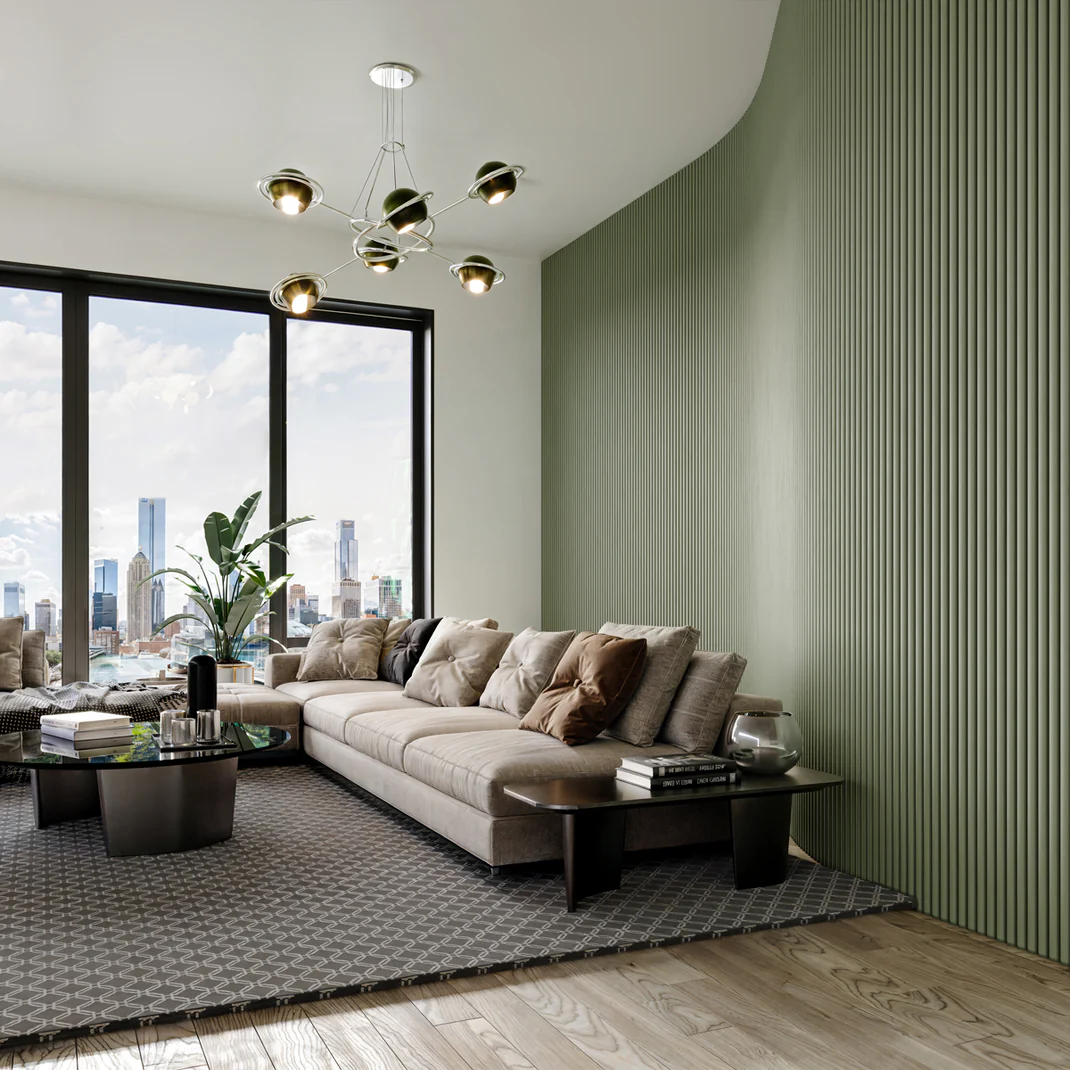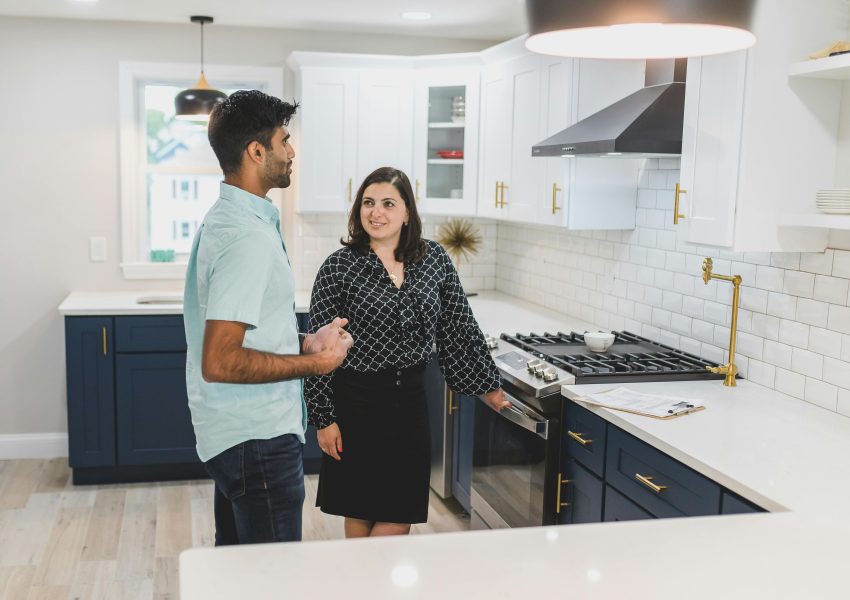When it comes to enhancing the appearance, durability, and insulation of your building, selecting the right wall cladding is crucial. At Slat Solution, we understand how important it is to make an informed choice that suits your aesthetic preferences, functional needs, and budget. This comprehensive guide offers expert tips to help you navigate the diverse world of wall cladding options and choose the perfect solution for your project.
Understanding Wall Cladding and Its Importance
Wall cladding refers to the application of one material over another to provide a protective or decorative layer. This layer shields the building from weather elements, improves insulation, and enhances curb appeal. The right wall cladding can also increase the property’s value and reduce maintenance costs over time.
Benefits of Wall Cladding
- Weather Resistance: Protects against rain, wind, and UV rays.
- Thermal Insulation: Helps maintain indoor temperature.
- Sound Insulation: Reduces noise pollution.
- Aesthetic Appeal: Offers various styles, textures, and colors.
- Durability: Extends the lifespan of walls.
- Low Maintenance: Many cladding materials require minimal upkeep.
Key Factors to Consider When Choosing Wall Cladding
Choosing the appropriate wall cladding involves evaluating several important factors to ensure the product meets your needs.
1. Material Type
Wall cladding materials come in many forms. Common options include:
- Wood Cladding: Offers natural warmth and beauty but requires regular maintenance.
- Metal Cladding: Durable and modern, often made from aluminum or steel.
- Vinyl Cladding: Cost-effective and low maintenance with decent durability.
- Brick or Stone Cladding: Provides a classic, sturdy appearance.
- Fiber Cement: Combines durability with a variety of textures.
- Composite Cladding: Made from recycled materials, offering eco-friendly benefits.
2. Climate and Weather Conditions
Different materials perform better under specific weather conditions. For instance, wood cladding may not be ideal in very humid or rainy areas, whereas metal cladding can withstand extreme weather but may require insulation to prevent heat conduction.
3. Maintenance Requirements
Consider how much time and money you are willing to invest in upkeep. Some materials like vinyl and metal require minimal maintenance, while wood and stone may need periodic sealing, cleaning, or repairs.
4. Budget Constraints
Wall cladding varies widely in cost. Material, installation complexity, and durability all influence price. Balance upfront expenses with long-term benefits like lifespan and maintenance costs.
5. Aesthetic Goals
Your cladding choice should complement the architectural style of your building. Consider textures, colors, and finishes to achieve your desired look.
Popular Wall Cladding Options Explained
Wood Cladding
Wood cladding offers timeless appeal with its natural grains and warmth. Popular choices include cedar, pine, and redwood. It is highly customizable with stains and paints but requires sealing to prevent rot and insect damage.
Metal Cladding
Metal cladding is favored for modern designs and commercial buildings. Aluminum and steel are common choices, providing excellent durability and fire resistance. Metal can be prone to dents but offers longevity and low maintenance.
Vinyl Cladding
Vinyl cladding is a popular budget-friendly option. It is resistant to rot and insects and requires minimal maintenance. However, vinyl may fade over time and lacks the premium appearance of natural materials.
Stone and Brick Cladding
Stone and brick offer a traditional, high-end look. They provide excellent durability and insulation but are often heavier and more expensive to install.
Fiber Cement Cladding
Fiber cement combines cement, sand, and cellulose fibers. It mimics the look of wood or stone but with enhanced durability and fire resistance. Maintenance is moderate but generally less than wood.
Installation Tips for Wall Cladding
Proper installation is key to maximizing the benefits of your chosen wall cladding.
1. Hire Experienced Professionals
Installing wall cladding requires skill to ensure proper fitting, sealing, and ventilation. Poor installation can lead to moisture problems and decreased lifespan.
2. Prepare the Surface
The existing wall must be clean, dry, and structurally sound before cladding is applied. Any damage should be repaired first.
3. Incorporate Weather Barriers
Using moisture barriers behind the cladding helps prevent water infiltration and mold growth.
4. Allow for Expansion and Contraction
Materials like wood and metal expand and contract with temperature changes. Installation should accommodate this to avoid warping or cracking.
Maintaining Your Wall Cladding
Regular maintenance prolongs the life and appearance of wall cladding.
- Wood: Inspect for rot or insect damage and reseal every few years.
- Metal: Clean to prevent rust and check for dents or loose panels.
- Vinyl: Wash periodically with soap and water to remove dirt.
- Stone/Brick: Inspect for cracks or mortar damage and repair as needed.
- Fiber Cement: Repaint or clean as necessary.
Environmental Considerations
Sustainability is increasingly important when choosing wall cladding. Opt for materials that are:
- Recyclable or made from recycled content
- Locally sourced to reduce carbon footprint
- Durable to minimize replacement frequency
Conclusion
Choosing the right wall cladding is a vital decision that impacts your building’s protection, energy efficiency, and aesthetic appeal. By considering material types, climate compatibility, maintenance, budget, and design goals, you can select a cladding option that meets your specific needs. Whether you prefer the natural warmth of wood, the sleekness of metal, or the durability of fiber cement, informed choices lead to lasting satisfaction and value. At Slat Solution, we are committed to helping you make the best decision for your wall cladding project, ensuring expert advice and quality outcomes every step of the way.



